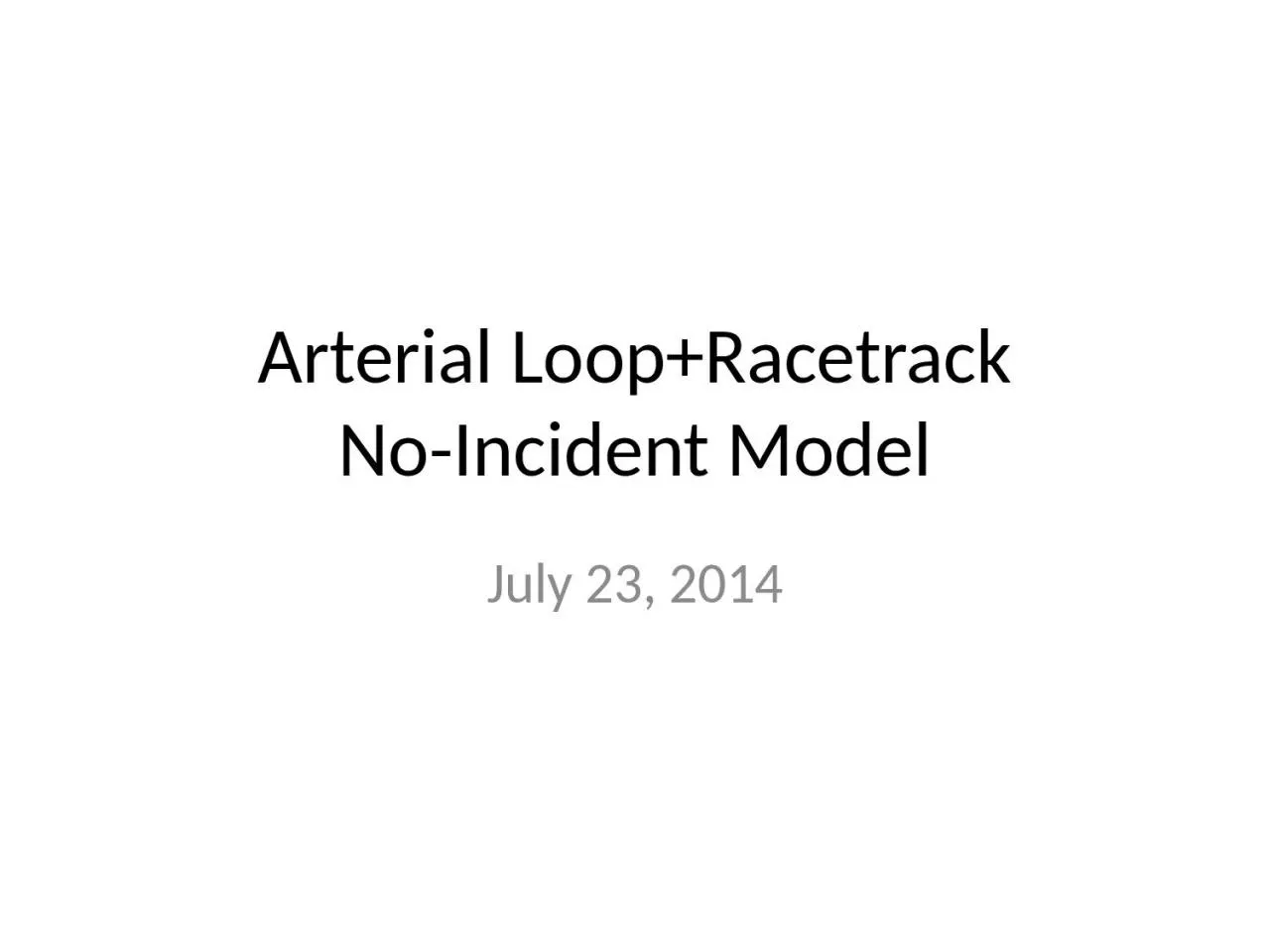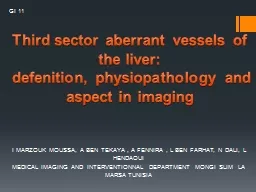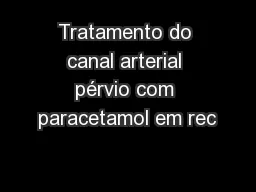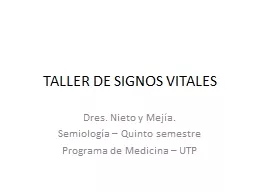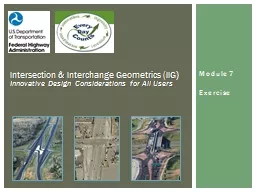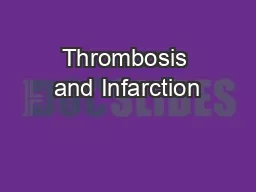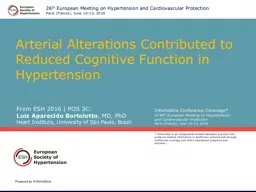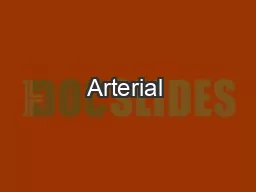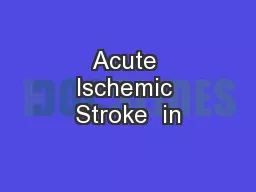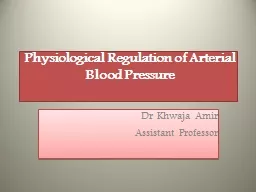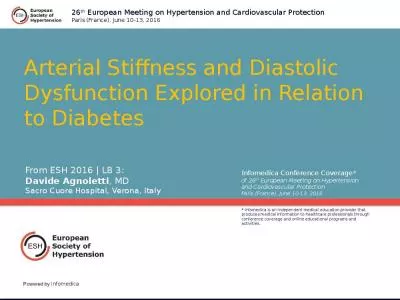PPT-Arterial Loop+Racetrack
Author : sylvia | Published Date : 2024-01-13
NoIncident Model July 23 2014 Outline Arterial LoopRacetrack NoIncident Model Model components with calibration set Model run Model validation with validation
Presentation Embed Code
Download Presentation
Download Presentation The PPT/PDF document "Arterial Loop+Racetrack" is the property of its rightful owner. Permission is granted to download and print the materials on this website for personal, non-commercial use only, and to display it on your personal computer provided you do not modify the materials and that you retain all copyright notices contained in the materials. By downloading content from our website, you accept the terms of this agreement.
Arterial Loop+Racetrack: Transcript
Download Rules Of Document
"Arterial Loop+Racetrack"The content belongs to its owner. You may download and print it for personal use, without modification, and keep all copyright notices. By downloading, you agree to these terms.
Related Documents

